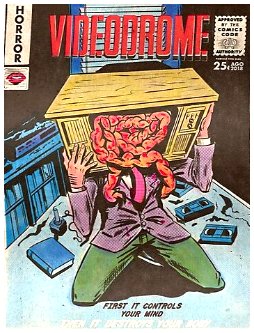cross-posted from: https://lemmy.capebreton.social/post/327322
The Trojan Room coffee pot was a coffee machine located in the Computer Laboratory of the University of Cambridge, England. Created in 1991 by Quentin Stafford-Fraser and Paul Jardetzky, it was migrated from their laboratory network to the web in 1993 becoming the world’s first webcam.
To save people working in the building the disappointment of finding the coffee machine empty after making the trip to the room, a camera was set up providing a live picture of the coffee pot to all desktop computers on the office network. After the camera was connected to the Internet a few years later, the coffee pot gained international renown as a feature of the fledgling World Wide Web, until being retired in 2001.
It went offline on August 22nd, 2001


Point taken. But I think bringing profits into it just makes things even more clear. Profit margins on film were as high as 80% for Kodak at times. I doubt any digital camera based company is making anything close to those kind of margins. Bringing people away from film cameras was definitely not in their best interest, but they did make digital cameras too, only beaten to the market by two years by Fuji Film (1991 vs 1989). They kind of even still do make digital cameras apparently? No idea how much involvement they have with them, but their branding is at least on them. Even if they had been more successful in digital cameras they would have needed a massive downsizing and shuttering of most of their chemical based jobs in Rochester, NY and other places. I think a transition to pharmaceuticals or other ways to leverage their core chemical manufacturing business would have made more sense, which they kind of tried too by purchasing at least one pharmaceutical company, but not very successful either. I think a lot went wrong at Kodak, but I don’t think leaning even more heavily into digital photography would have saved them, and pushing in that direction certainly wouldn’t have looked too appealing at the time given their massive monopoly and profits in film.
Yeah Kodak decided they were a consumer imaging company, so after the end of film they invested in stuff like digital cameras, printers etc (all dead-end products, growth-wise), and sold off all their industrial products like chemicals. E.g. they spun off Eastman Chemical which is now worth $10 billion, sold off their medical imaging stuff, etc etc.
Fujifilm decided they were a technology company and they live to this day.